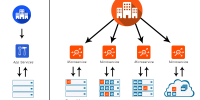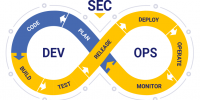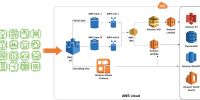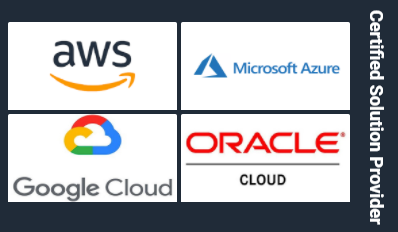Measuring Developers Isn’t Tyranny
Informing someone that you want to “measure” them is not a great way to start a conversation. Software developers, like all people, tend to look unfavorably upon having their performance closely measured. But measuring developers is one of the hottest trends for companies around the globe. So is it tyranny to measure people?
People are quick to note that numbers don’t tell the whole story and can become defensive at the notion their productivity should be quantified somehow. This resistance can become even more entrenched when teams become stacked against each other.























